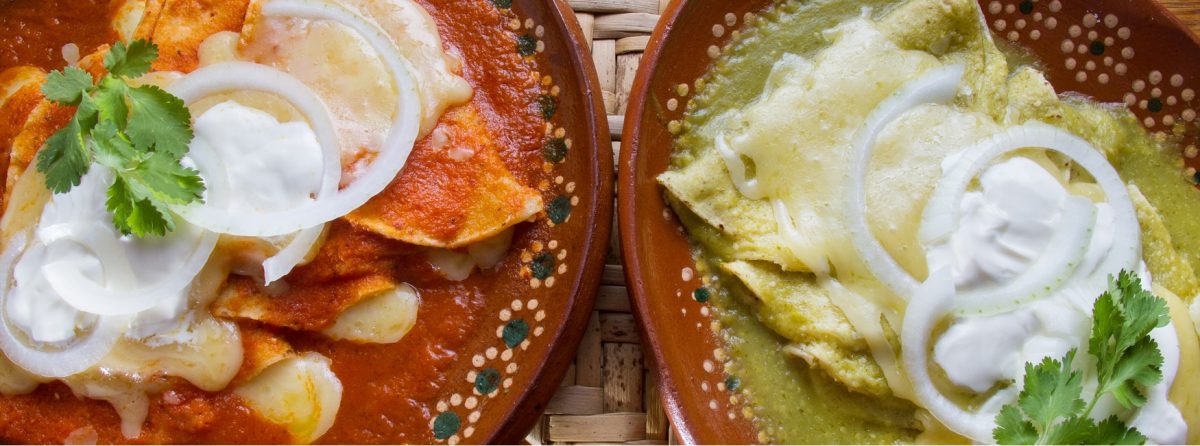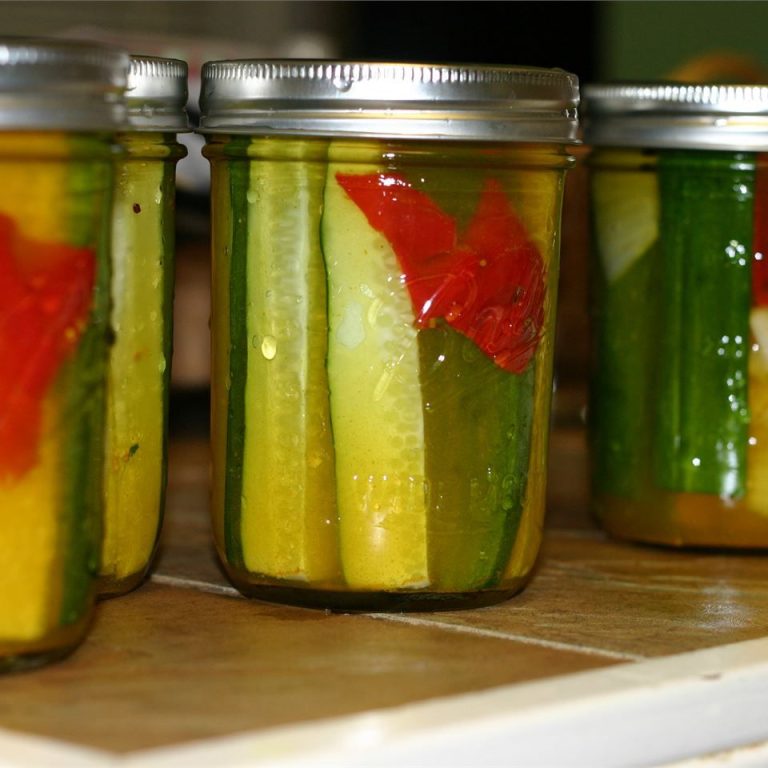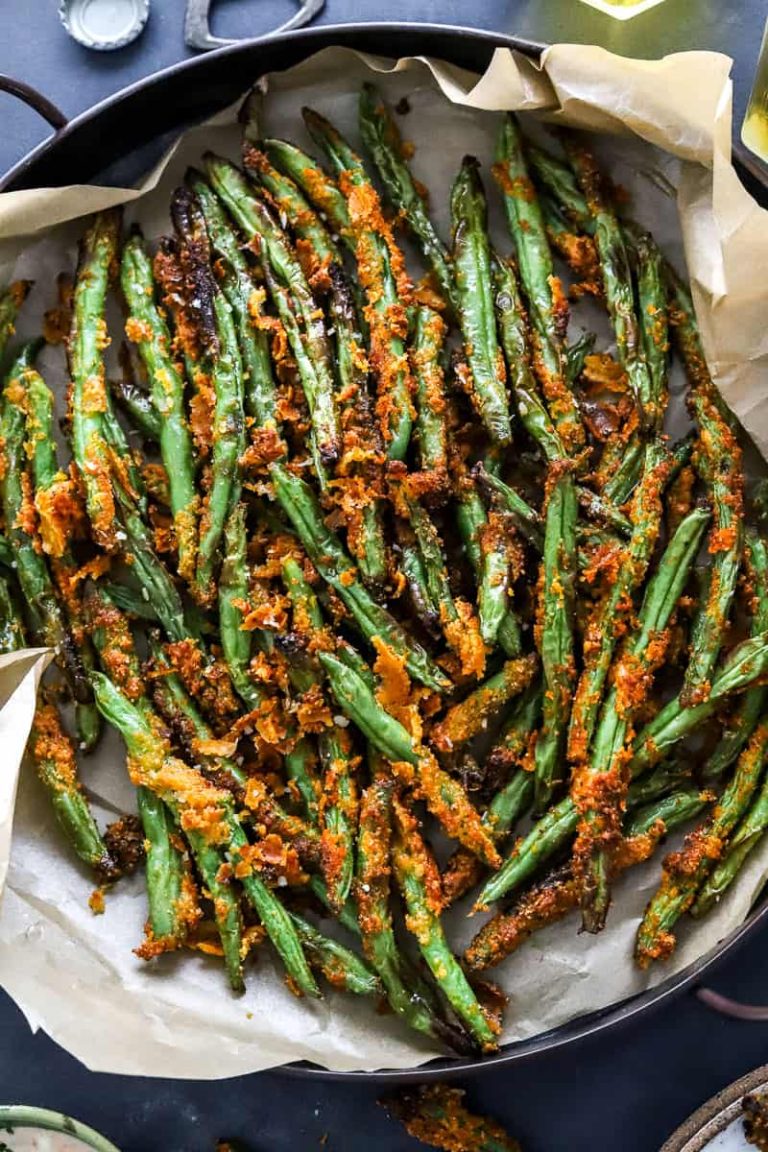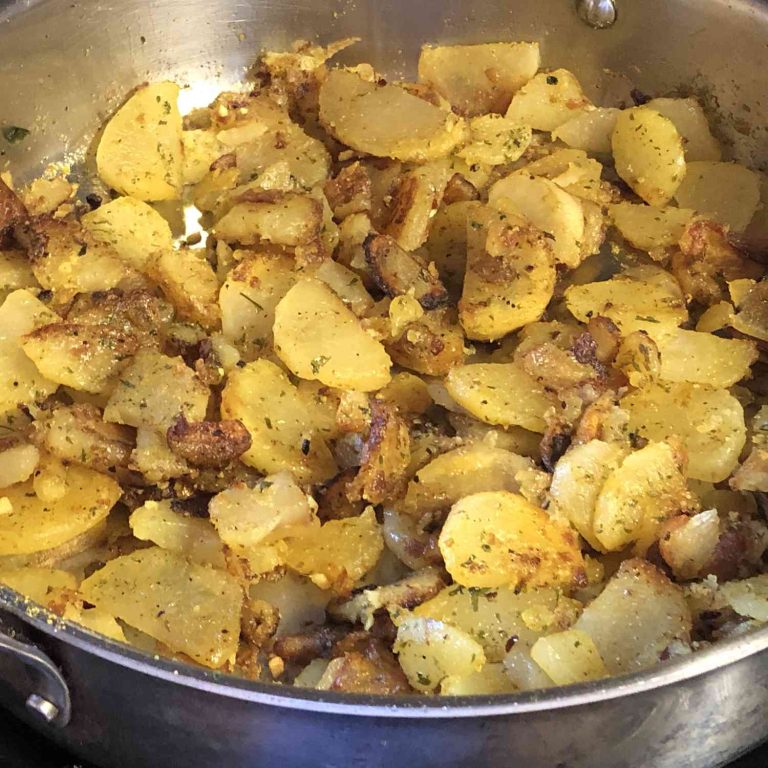Enchiladas Verdes: History, Recipe, and Perfect Pairings for a Flavorful Mexican Feast
Enchiladas Verdes have roots in Mexican cuisine, a tradition dating back centuries. Mexicans have cherished tortillas and chiles since the Aztecs’ time, integrating them into diverse dishes. For example, indigenous peoples would wrap various fillings in tortillas and cover them with sauces, creating early forms of enchiladas. These practices reflect the deep connection between regional ingredients and local culinary techniques, illustrating how fundamental these elements are to Mexican food.
Evolution Over Time
As Mexican culinary traditions evolved, Enchiladas Verdes adapted and spread widely. The introduction of ingredients like tomatillos and green chiles enhanced the dish’s flavor. During the Spanish colonization, European influences further diversified the recipes. Today, various regions in Mexico have their own versions, emphasizing different combinations of local herbs, cheeses, and meats. Modern Enchiladas Verdes might incorporate international ingredients while still honoring their rich heritage. Recipes now include options like vegetarian fillings and gluten-free tortillas, making the dish accessible to a global audience.
What Makes Enchiladas Verdes Unique?
Ingredients Overview
Enchiladas Verdes distinguish themselves with a special combination of ingredients. The core components include corn tortillas, chicken or cheese fillings, and a vibrant green sauce. The tortillas, made from masa harina, have a distinct taste and texture.
Important ingredients also include tomatillos, green chilies, cilantro, garlic, and onion. These elements create the signature green sauce. Tomatillos, being tangy and slightly sweet, set the base flavor. Green chilies, which can vary in heat, add depth. Fresh cilantro contributes a zesty note, while garlic and onion offer aromatic richness.
The Role of Green Sauce
The green sauce, or salsa verde, plays a pivotal role in Enchiladas Verdes. This sauce is typically made by roasting or boiling tomatillos, green chilies, and other ingredients.
Tomatillos are key for their tartness, balancing the spiciness from green chilies. When blended into a sauce, they yield a bright, tangy taste. The consistency of the sauce can vary; some prefer it smooth while others like it chunky.
Green sauce also serves as the primary source of moisture, helping to soften the tortillas when baked. Its vibrant color and refreshing taste make Enchiladas Verdes visually appealing and distinct in flavor.
How to Make Enchiladas Verdes
Preparing the Green Sauce
To prepare the green sauce, gather the necessary ingredients: tomatillos, green chilies, cilantro, garlic, and onion. Start by boiling 1 pound of tomatillos and 2 chopped green chilies in a pot for 5 minutes. Remove from heat, and drain them.
Next, blend the tomatillos and chilies with 1/2 cup of chopped cilantro, 2 cloves of garlic, and 1 small onion. Blend until smooth. Adjust the seasoning with salt to taste. If the sauce seems too thick, thin it with a small amount of water, blending again to mix thoroughly.
Steps to Assemble Enchiladas
First, preheat your oven to 350°F (175°C). While the oven heats, prepare your filling. Shred 2 cups of cooked chicken or cheese. Warm 10 corn tortillas on a dry skillet until pliable.
Spread about 1/4 cup of the green sauce on the bottom of a baking dish. Fill each warm tortilla with about 2 tablespoons of the shredded chicken or cheese, then roll tightly. Place the rolled tortillas seam-side down in the baking dish.
Pour the remaining green sauce evenly over the top of the enchiladas, ensuring all tortillas are covered. Sprinkle with 1 cup of shredded cheese, such as Monterey Jack or Queso Fresco.
Bake for 20-25 minutes, or until the cheese is melted and the sauce is bubbly. If you like it browned, broil for an additional 2-3 minutes. Serve hot, optionally garnished with fresh cilantro, sliced avocado, or a drizzle of Mexican crema.
Serving and Pairing Enchiladas Verdes
Traditional Side Dishes
Serve Enchiladas Verdes with classic Mexican side dishes to highlight their flavors. Popular choices include Mexican rice, refried beans, and guacamole. Mexican rice, cooked in tomato sauce with peas and carrots, complements the tangy green sauce. Refried beans, seasoned with onion and garlic, provide a creamy texture that balances the tanginess. Guacamole, made from ripe avocados, lime juice, cilantro, and salt, adds a refreshing element to the meal.
Other traditional options include esquites and nopales salad. Esquites (Mexican street corn salad) combines grilled corn with mayonnaise, chili powder, lime, and cotija cheese. Nopales salad, prepared with diced cactus paddles, tomatoes, onions, and cilantro, offers a unique, tangy flavor.
Recommended Beverage Pairings
Select beverages that enhance the vibrant flavors of Enchiladas Verdes. Mexican beers like Bohemia or Pacifico have light, crisp profiles that contrast well with the tangy sauce. For a more robust option, consider a michelada—a beer cocktail with lime juice, assorted sauces, spices, and peppers.
Non-alcoholic pairings include horchata and agua frescas. Horchata, a sweet, creamy rice drink with cinnamon and vanilla, complements the spice level of the enchiladas. Agua frescas, such as tamarindo (tamarind) or jamaica (hibiscus), provide a refreshing contrast with their sweet and tart notes.
For wine lovers, Sauvignon Blanc or a light, fruity Garnacha enhances the green sauce’s herbal and citrus flavors. Serve cold to balance the warmth of the dish.
Conclusion
Enchiladas Verdes offer a delightful fusion of history and flavor, making them a standout in Mexican cuisine. With their tangy green sauce and versatile fillings, they’re perfect for any meal. Pair them with traditional sides and beverages to elevate your dining experience. Whether you’re a seasoned cook or a culinary novice, Enchiladas Verdes are sure to impress and satisfy. Enjoy the rich tapestry of flavors and the cultural heritage that each bite brings to your table.






